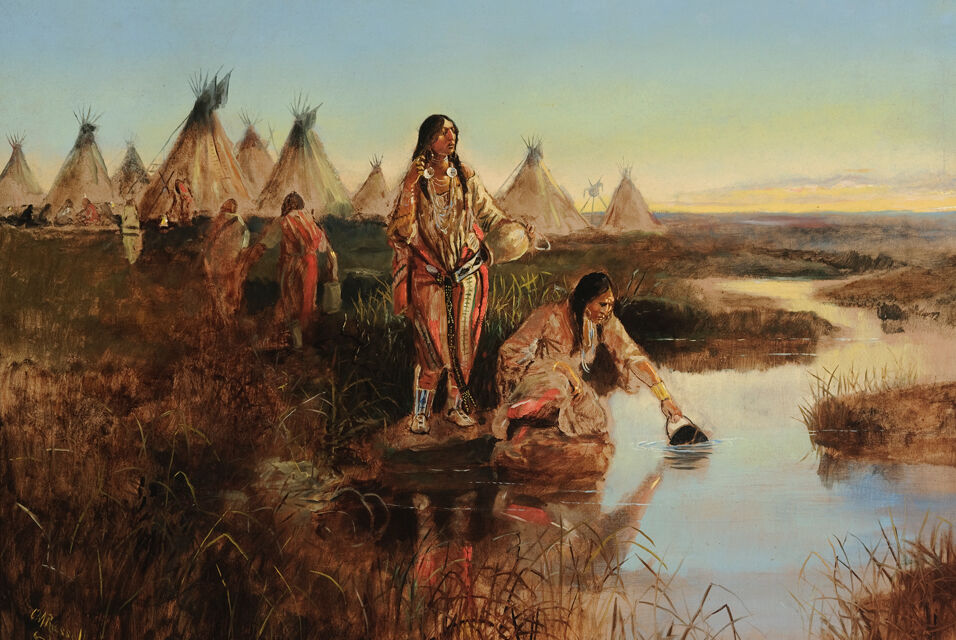North America’s first occupants arrived on the continent over 15 000 years ago, during the last ice age. To survive, these Indigenous peoples adapted to the land and established cultural behaviours and ways of life that were unique to each community.
Around the year 1500, some Indigenous groups constantly moved around to find food, while others adopted farming practices and established semi-permanent settlements. Some groups chose chiefs based on their hunting skills, while others were chosen for their influence and speaking abilities.
Mutual aid was crucial to their survival, so Indigenous peoples developed social relationships and trading systems, which also varied from one nation to another. As well as helping one another, they also needed to set up social structures—some groups made mothers the main authority figure, while others assigned this key role to fathers.
The Indigenous nations interacted with one another, sometimes to exchange goods and scarce resources, join forces or go to war.
To find out more about Indigenous peoples in North America, check out the following concept sheets:

Painting of a group of Algonquians, one of the Indigenous language families of North America.